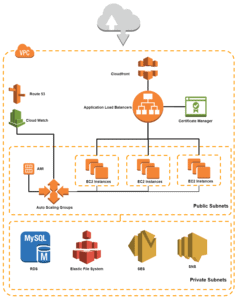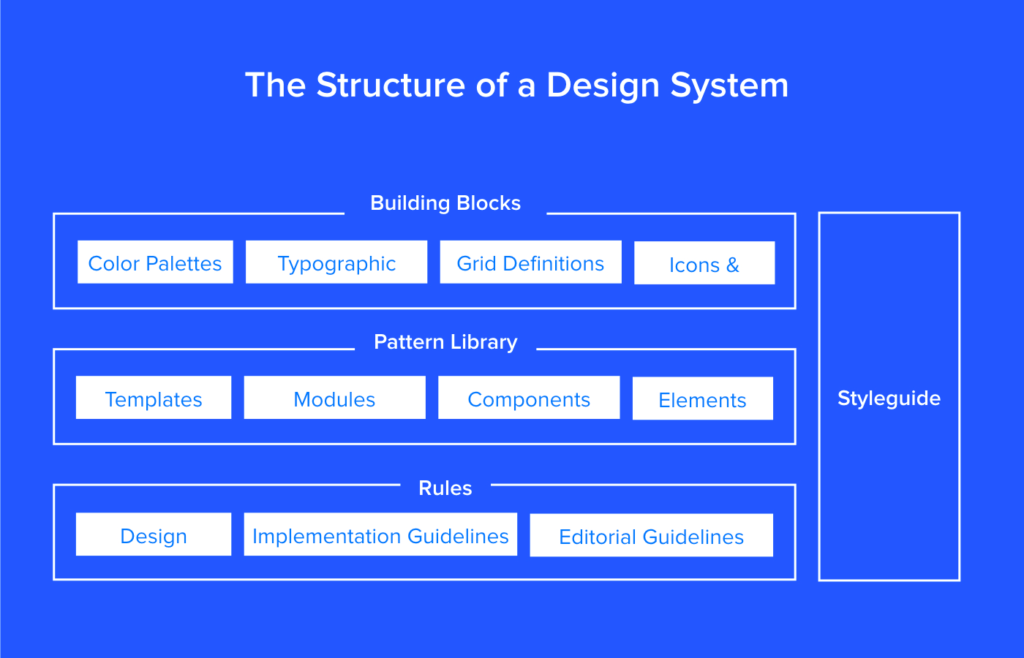This is the 2nd of 4 in a series written in the words of the employees at Concept3D.
Our interactive maps and virtual tours are a collaboration of creativity and design in our 3D renderings, form, and function in the software platform, and the life and vibrancy our clients bring to their implementation of Concept3D.
Platform has become a buzzword much like synergy or disrupter, but this is because platform is power. Or more the power behind the technology revolution and this is true for Concept3D.
Concept3D’s Migration to AWS – How We Did It
The cloud is basically remote servers that allow for scalability. Sounds simple, easy but going through the process of moving from a legacy hosting environment to AWS (Amazon Web Services) is neither simple or easy.
Quote of the article:
The goals for the system were large, but the main areas were to be able to perform scaling on demand for our different applications and API’s, increase security, reduce outages, ease the management of the system, support docker containers, better testing and QA, and geographic redundancy.
The steps we followed were:
- Assessed the risks in our scalability
- Identify options within AWS to address risks
- Create free EC2 instances for prototype
- Code changes only where absoluteiy necessary
- Establish the architecture
- Move everything “Lift and Shift”
- Metrics and analysis
Read the full article by Gregg Larson here:
https://www.linkedin.com/pulse/concept3ds-migration-aws-how-we-did-gregg-larson/

Why we chose serverless…
Data integrations are an incredibly popular and dynamic feature of the Concept3D platform and in 2020 we created a feed builder to allow for more and diverse types of data feeds in a shorter time to our clients.
With every new feature, choices need to be made on how with trade-offs; however, for feeds, we choose serverless in AWS.
Quote of the article:
Serverless applications are extremely easy to deploy making the process of standing up multiple environments (Dev, QA, Prod) a quick and simple task.
Read the full article by Chandler Samuels here:
https://www.linkedin.com/pulse/why-we-chose-serverless-chandler-samuels/

Your Pattern Library and Why You Should Have Built It Yesterday
Fundamentals are the building blocks of fun.
Building out a pattern library has some drawbacks: production disruptions, use-case rabbit holes, and it is a time investment. However, once in place the foundation is there with numerous benefits: consistency, focus on development efforts, and simplify onboarding.
Quote of the article:
Overhauling a system for the sake of reusability can be a gargantuan endeavor that is complicated by the number of products offered by your company. The necessary path toward stable and simplified product development takes plenty of patience and time.
*Author’s note: Kyle’s word choice is delighfully diverse i.e., gargantuan
Read the full article by Kyle Keller here:
https://www.linkedin.com/pulse/your-pattern-library-why-you-should-have-built-yesterday-kyle-keller/

